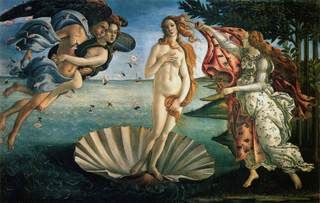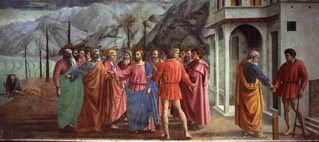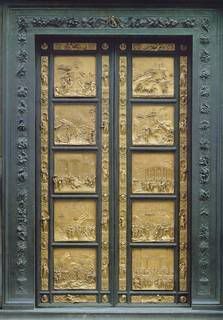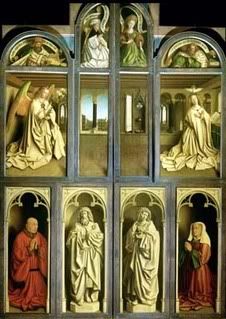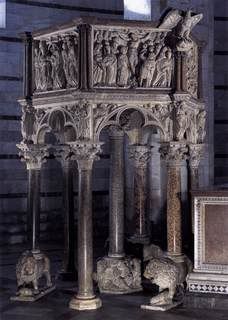I found out today why! SKM posted on Shakesville about having seen a performance of Carmina Burana and gave a translation of the lyrics to O Fortuna:
25. O Fortuna (O Fortune)
O Fortuna, ----- O Fortune,
velut luna ----- like the moon
statu variabilis, ----- you are changeable,
semper crescis ----- ever waxing
aut decrescis; ----- and waning;
vita detestabilis ----- hateful life
nunc obdurat ----- first oppresses
et tunc curat ----- and then soothes
ludo mentis aciem, ----- as fancy takes it;
egestatem, ----- poverty
potestatem ----- and power
dissolvit ut glaciem. ----- it melts them like ice.
Sors immanis ----- Fate - monstrous
et inanis, ----- and empty,
rota tu volubilis, ----- you whirling wheel,
status malus, ----- you are malevolent,
vana salus ----- well-being is in vain
semper dissolubilis, ----- and always fades to nothing,
obumbrata ----- shadowed
et velata ----- and veiled
michi quoque niteris; ----- you plague me too;
nunc per ludum ----- now through the game
dorsum nudum ----- I bring my bare back
fero tui sceleris. ----- to your villainy.
Sors salutis ----- Fate is against me
et virtutis ----- in health
michi nunc contraria, ----- and virtue,
est affectus ----- driven on
et defectus ----- and weighted down,
semper in angaria. ----- always enslaved.
Hac in hora ----- So at this hour
sine mora ----- without delay
corde pulsum tangite; ----- pluck the vibrating strings;
quod per sortem ----- since Fate
sternit fortem, ----- strikes down the strong man,
mecum omnes plangite! ----- everybody weep with me!
The point of the commercial is ENTIRELY the opposite of the point of the song. I'm going to go ahead and call this irony. Kyle will probably say I'm wrong. He tells me often what is not irony but when I ask him what is irony, he says, "A fire extinguisher factory burns to the ground." That's the only example he has ever given me. I am unsatisfied with this.
